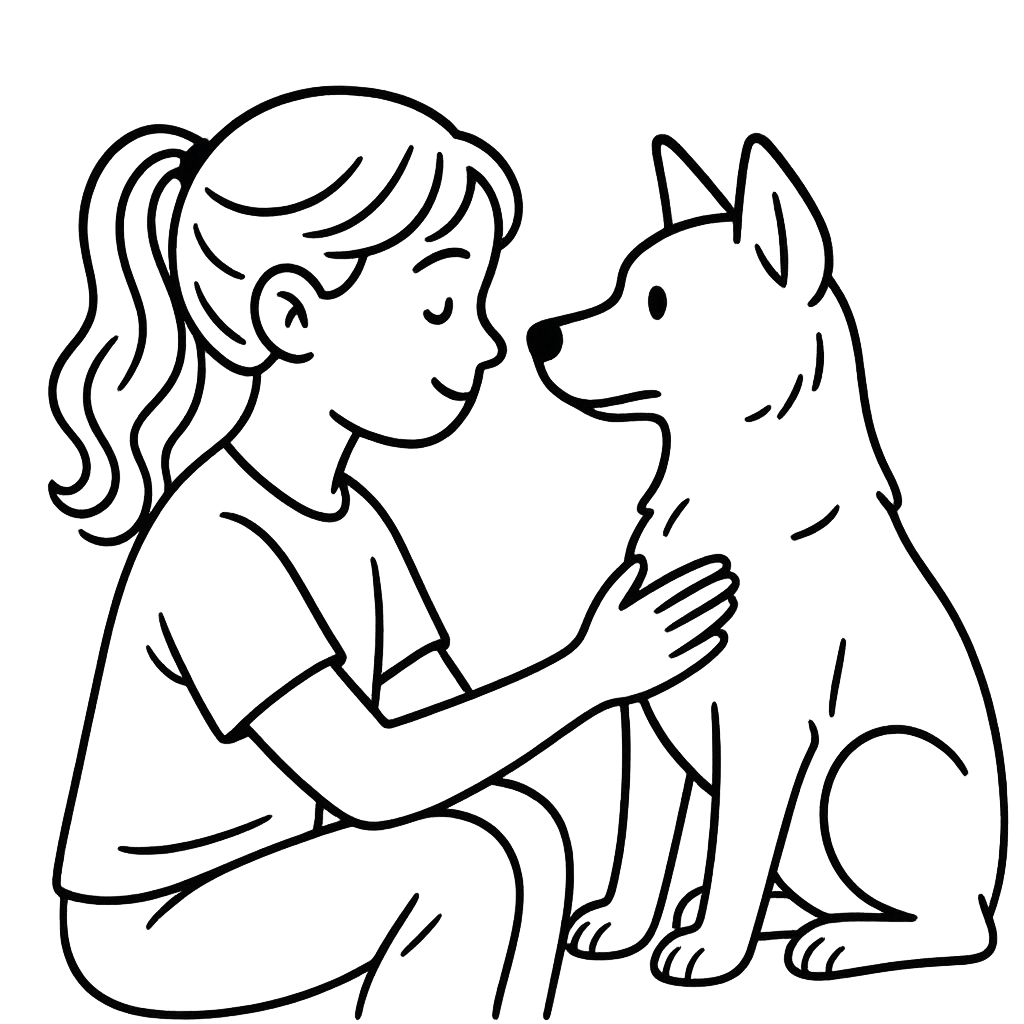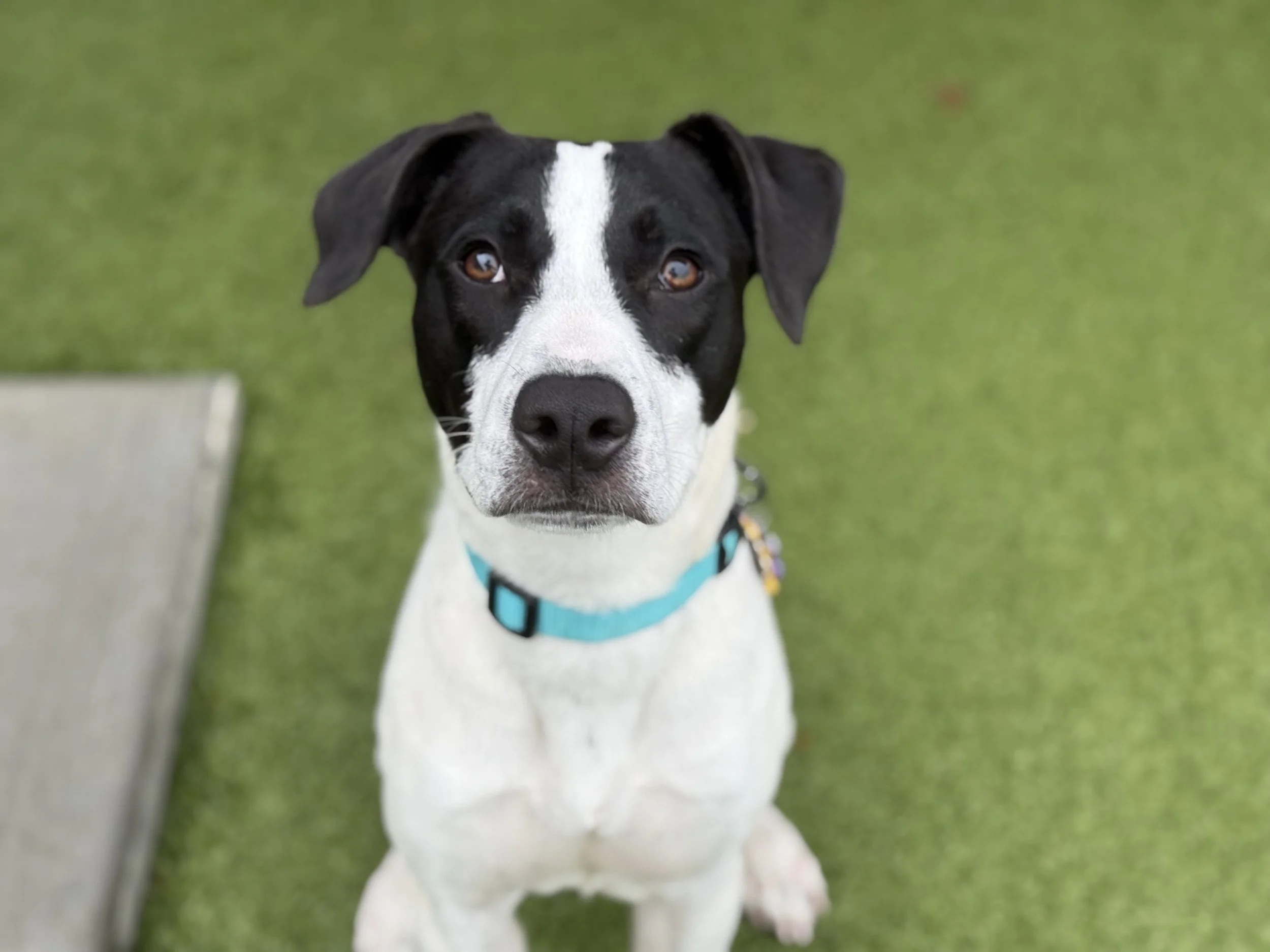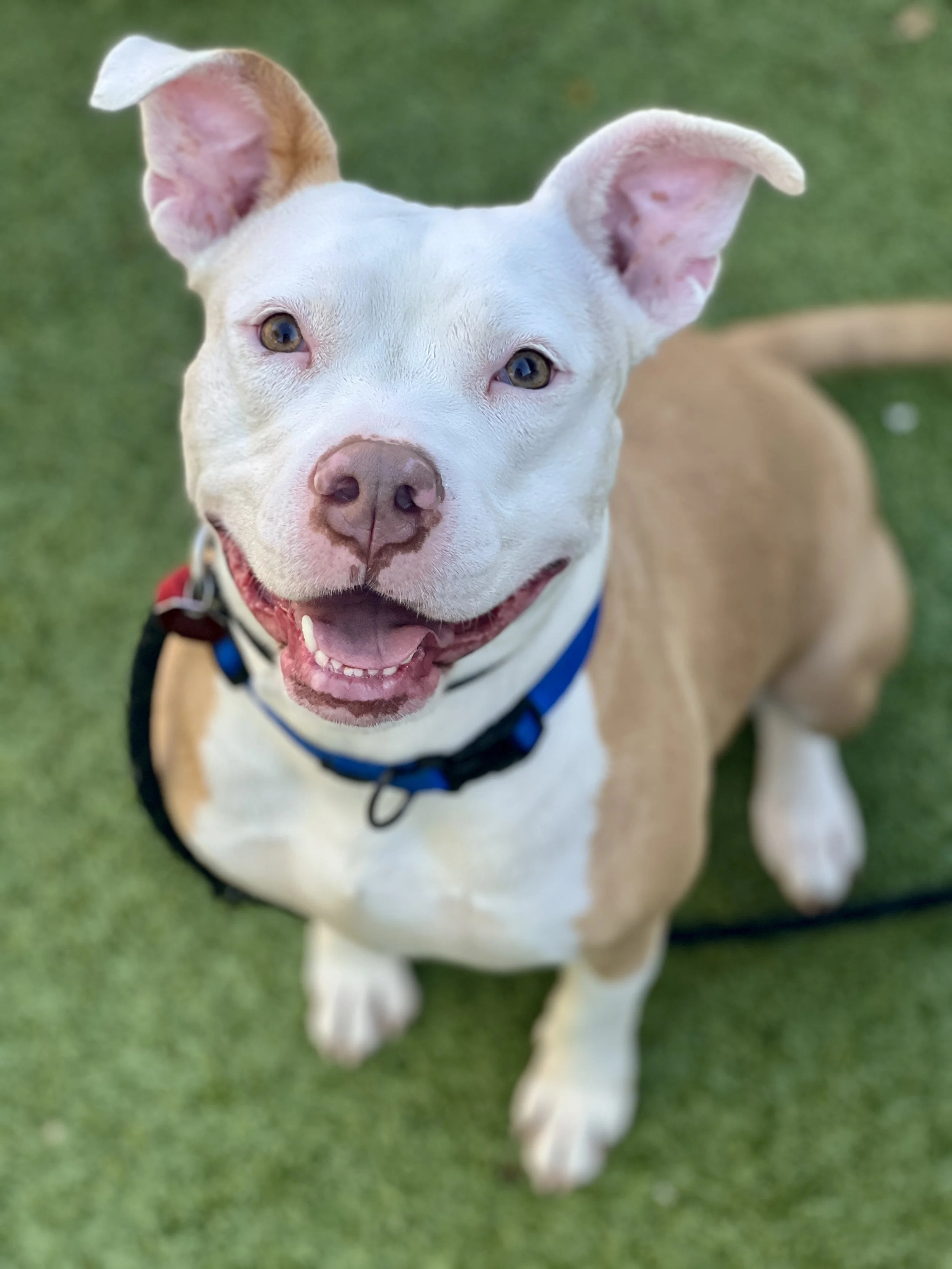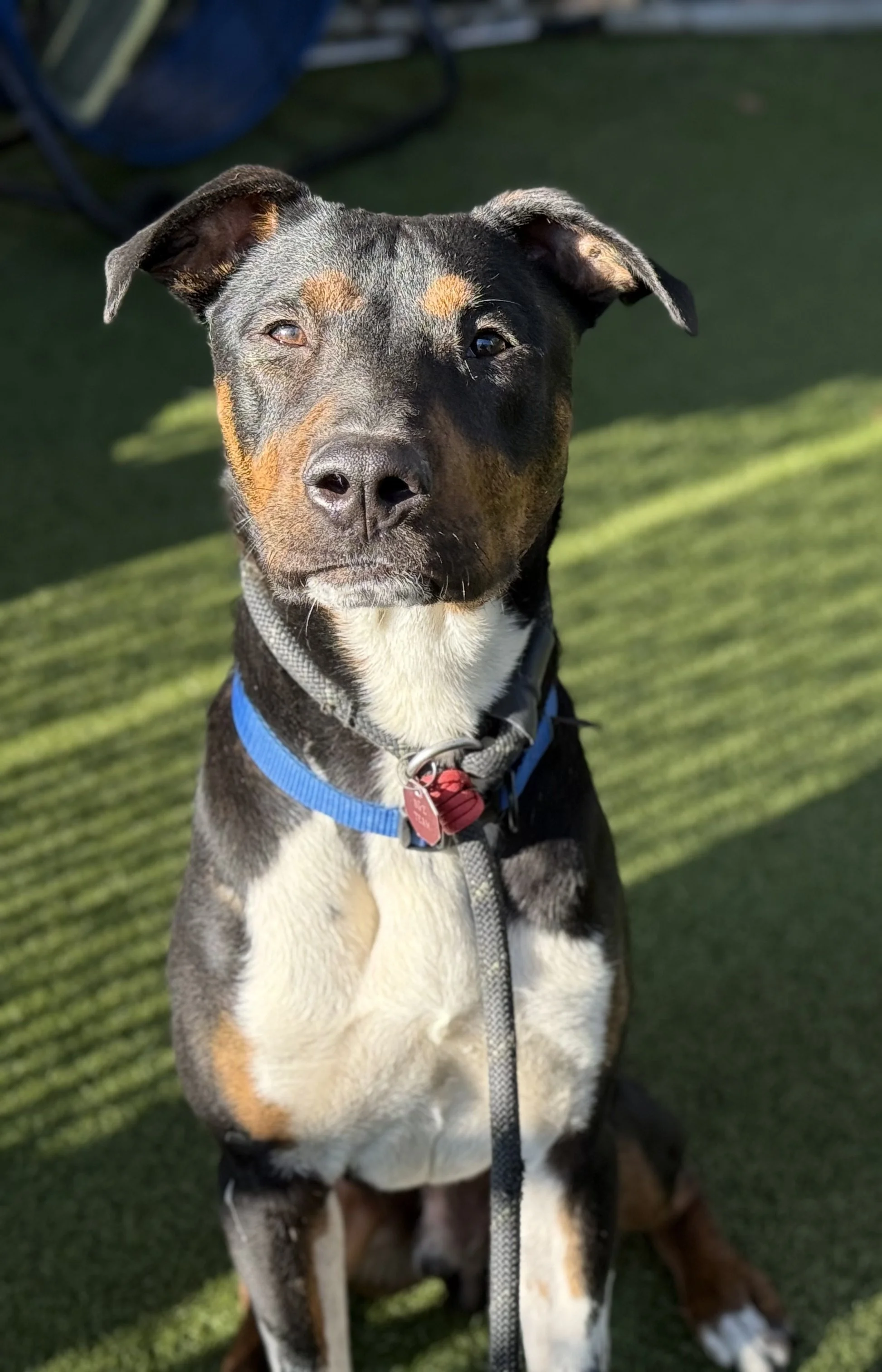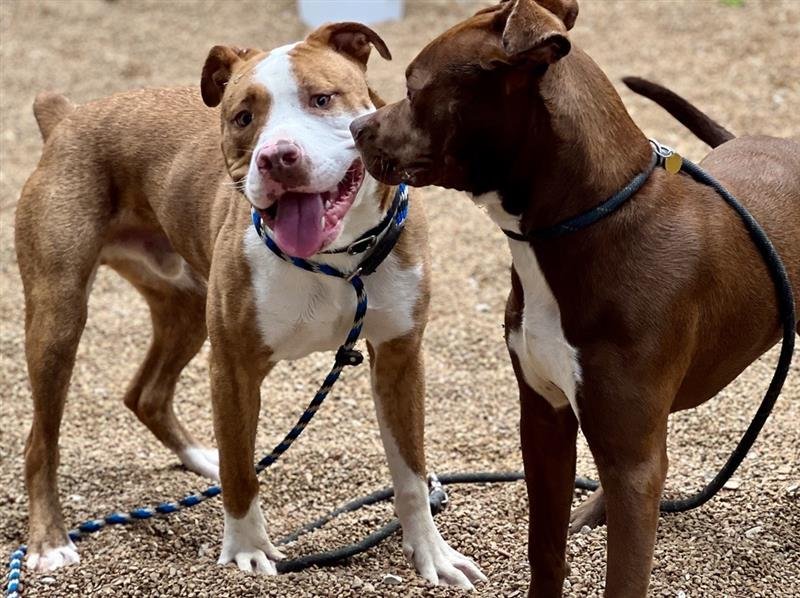
Beyond The Bowl:
Check Us Out!
Enrichment provides dogs with mental stimulation and outlets for natural behaviors. Open each section to find step-by-step games and activities you can try at home.”
Edible Adventures
Food Activities
Food-based enrichment taps into one of a dog’s most natural drives—scavenging and foraging. Instead of simply offering meals in bowls, we teach students to design and implement food activities that encourage problem-solving and patience. These include:
Puzzle Feeders & Stuffed Toys: Tools like Kongs and snuffle mats encourage licking, chewing, and foraging.
Scatter Feeding: Spreading kibble across a textured surface or in grass to encourage natural sniff-and-search behaviors.
Frozen Treats & Food Layers: Offering complex, multi-layered frozen meals to keep dogs engaged for extended periods.
DIY Foraging Games: Using safe household items like boxes, towels, or paper rolls to create novel food-hunting experiences.
Follow That Nose
Scent Activities
A dog’s nose is one of its most powerful tools. Scent work provides mental stimulation and builds confidence by allowing dogs to use their strongest sense. Our scent enrichment includes:
Scent Trails: Creating simple scent trails using food or safe scents for dogs to follow through varied environments.
Scent Discrimination Games: Teaching dogs to identify and indicate a target scent among multiple distractions.
Novel Scent Introductions: Providing safe, non-food scents (like herbs, animal bedding, or essential oils) in controlled ways.
Hide & Seek: Hiding treats, toys, or handlers themselves to activate both scent and search instincts.
Canine IQ Club
Brain Games
Cognitive stimulation is as important as physical exercise. Brain games challenge a dog’s ability to think, make choices, and stay focused. These are ideal for dogs recovering from injury or those that thrive on problem-solving:
Interactive Toys & Puzzles: Toys that require flipping, sliding, or unlocking mechanisms to earn a reward.
Shaping Games: Using clicker training or marker-based shaping to teach new behaviors through trial and error.
Name Recognition & Sorting: Teaching dogs to recognize and select specific objects or toys by name.
Memory Games: Simple shell games or tasks requiring dogs to recall locations or sequences.
Active Tails
Physical Outlet Games
Dogs need safe and appropriate ways to burn off energy. Physical outlet games help reduce anxiety, promote cardiovascular health, and can improve behavior. We prioritize non-competitive, welfare-focused physical activities such as:
Flirt Pole & Tug Games: Structured sessions that offer intense bursts of movement while reinforcing impulse control.
Chase & Fetch Variants: Modified fetch games with rules for self-control, drop cues, and varied terrain.
Agility & Obstacle Exploration: Low-impact agility or confidence-building equipment for fun, non-pressured movement.
Play Invitations & Safe Social Play: Encouraging healthy dog-dog interactions with supervision and consent-based play cues.
Enrichment at Journey 4 PawZ Dog Training
Our approach to enrichment goes beyond toys and games—it’s a philosophy of life quality. We offer tips to not just professionals but everyday dog owners to integrate tailored enrichment into each dog's daily routine, regardless of age, ability, or background. Through these categories, owners, dog lovers and professionals alike will gain the tools to build behaviorally healthy, emotionally fulfilled dogs in shelters, homes, and training programs alike.


